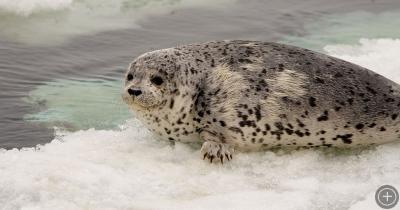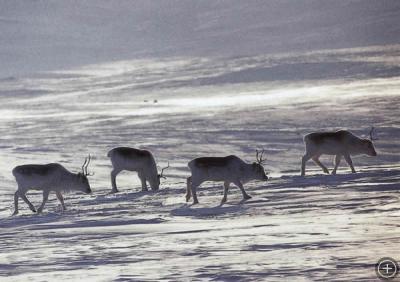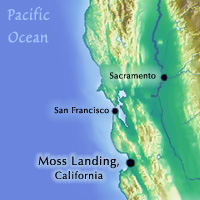People on the move
MOSS LANDING, CALIFORNIA– In early July 2008, I traveled to Saint Petersburg, Russia, to join thousands of other polar scientists for the SCAR (Scientific Committee on Antarctic Research) Open Science Conference. SCAR is an inter-disciplinary committee responsible for initiating, developing and coordinating international scientific research in the Antarctic region and understanding its effect on the greater Earth system. This dispatch is part of on ongoing series in which I share the latest polar science I learned from SCAR.
People on the move
Yvon Csonka, a professor at the University of Greenland and president of the International Arctic Social Sciences Association (IASSA), gave one of the Plenary Keynote talks on “Polar Societies and Cultures in a Changing World.” Among the variety of challenges facing polar societies mentioned by Csonka, is the melting permafrost and its effect on people who have been surviving in the Arctic for millennia. Csonka described small communities that have already been forced to leave their villages due to erosion caused by melting permafrost and because of a lack of sea-ice in summer. Csonka said currently these moves “Are not common, but will happen more and more in the future.”
Later, I pulled Csonka aside for a few minutes, and he elaborated on how climate change will affect people’s access to resources, especially animals like seals and caribou, which local people depend on for sustenance. Reductions in sea-ice have been devastating to seal populations since they require the ice for both birthing and weaning. When mother seals can’t find sea-ice, they are forced to give birth in the water and the pups drown. Even if they find ice to birth on, the sea-ice has been breaking up too fast and the pups don’t have time to wean before they are subjected to the freezing waters.
The changing climate has caused serious problems for Caribou populations who require specific snow thickness and type of snow. “When the snow layer is thin and dry, Caribou can scrape at the snow to get to the lichen underneath,” Csonka said. “But, with increased precipitation-from climate change-there is an increase in snow and its wetter creating deadly conditions for caribou since the upper crust becomes too thick for the caribou to break through.” Despite these drastic problems, Csonka is hopeful that Arctic communities will successfully adapt to climate change, since they have been doing so for millennia.
Stay tuned in the next few days to learn in more detail just how people, animals and the environment will cope and adapt in a changing polar environment.

 No comments
No comments 









